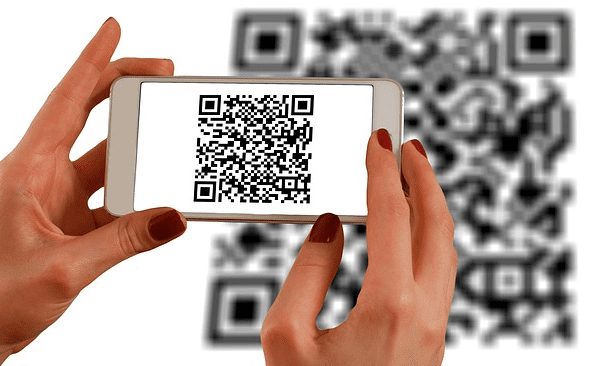There’s been a big push in recent years to get students coding. Before that, the big skill was learning to use word processing software. And before that, typing.
Now there’s a movement to bring the latest futuristic skill into classrooms: data science. It’s one that relies not just on technology but on shaking up math curriculums that have gone unchanged since the Space Race. And advocates argue that schools that teach data science will equip students to navigate a world awash in information like never before.
“We feel like this is a good foundational education that prepares people for life,” says Jeffrey Severts, co-founder and executive director of the nonprofit Center for Radical Innovation for Social Change at the University of Chicago. The center houses Data Science for Everyone, an initiative that provides teaching resources on and promotes data science curriculum in K-12 schools.
It’s not that he’s out to turn every student into a data scientist, he says. “I don’t care if we have more data scientists. Does every kid leave high school with a basic understanding of data? Do they know when to be skeptical? Do they understand the importance of randomization?” Severts says. “Just some really core principles so that they can navigate life better. So when someone says, ‘COVID-19 is no threat to you,’ they can look up the data and come to their own conclusions.”
It Started With a Podcast
When was the last time you needed to calculate the height of a flag pole? Or even thought about the word “numerator”? Compare that to the last time you had to use Excel or make a decision based on data.
That disconnect between the math curriculum faithfully taught in schools across the country and the skills needed in the real world gnawed at the Center for RISC co-founder Steve Levitt, so much so that he made an episode of the hit Freakonomics podcast about it.
Severts co-founded the nonprofit with Levitt about two years ago, meaning their push for data science in K-12 is coming not from an education or mathematics organization but from one focused on social change.
“We try to bring unorthodox creative thinking to difficult social problems,” Severts says, including to the conundrum of why high school students continue to learn the “geometry sandwich” of algebra I, geometry and algebra II that he says was more relevant during the 1950s than today. “We needed to have engineers who would [launch] rockets. Now in a world awash in data, where we’re all carrying around computers in our pockets 10,000 times more powerful, it’s silly to spend time in schools learning about very esoteric geometric, trigonometric and algebraic concepts.”
One class model that Data Science for Everyone puts forth is “merge and purge,” where geometry and algebra II are condensed into half a year each to make room for one year of data science. The goal is to combine statistics and computer programming to teach students how to interpret data in a way that Severts says can be deeply personalized.
“You can use locally-relevant data to tell stories and explain phenomena,” Severts says. “If you’re worried about crime or pollution—or whether small businesses can come back from COVID—you can find [data] from public sources. You can really understand the world around you in a way that’s very relevant to you.”
From Concept to Classroom
There’s …….
Source: https://www.edsurge.com/news/2021-07-28-is-data-science-the-new-coding
